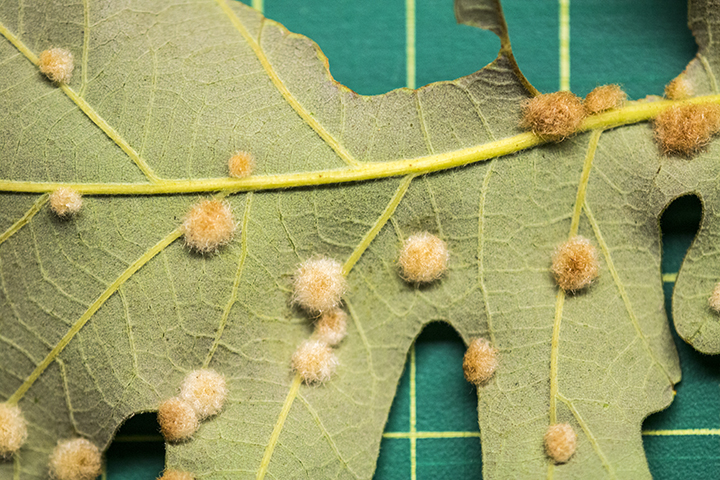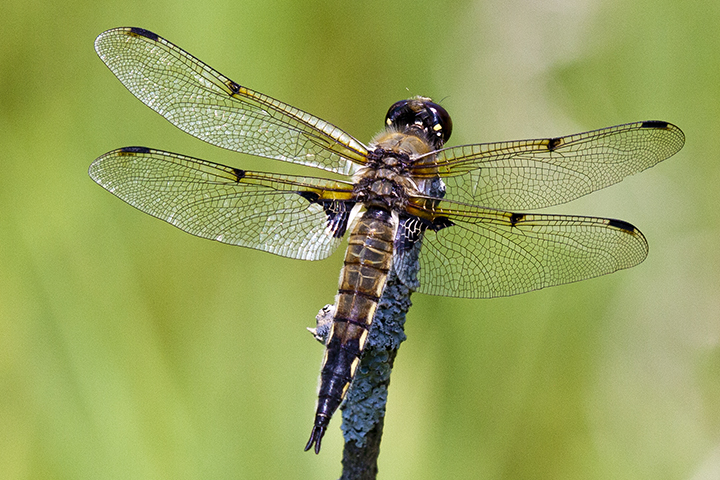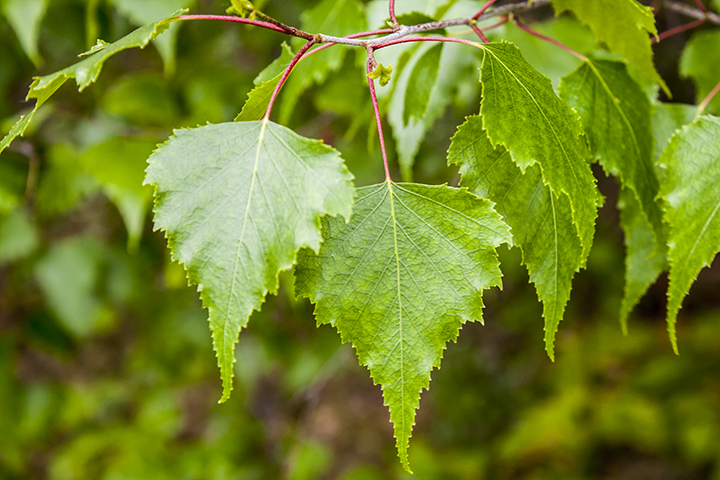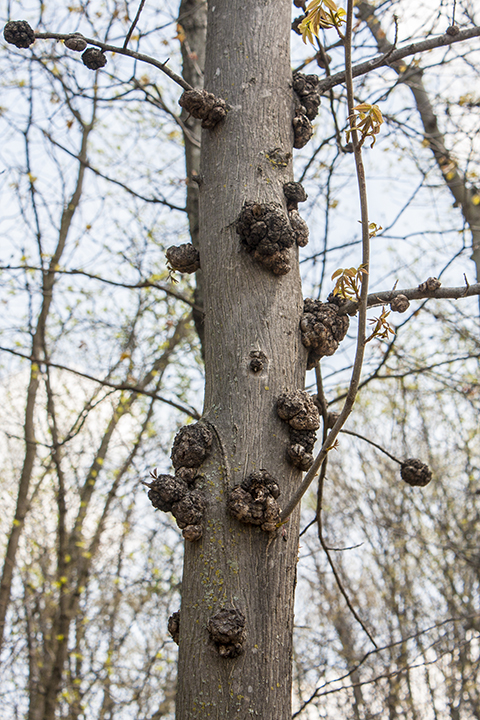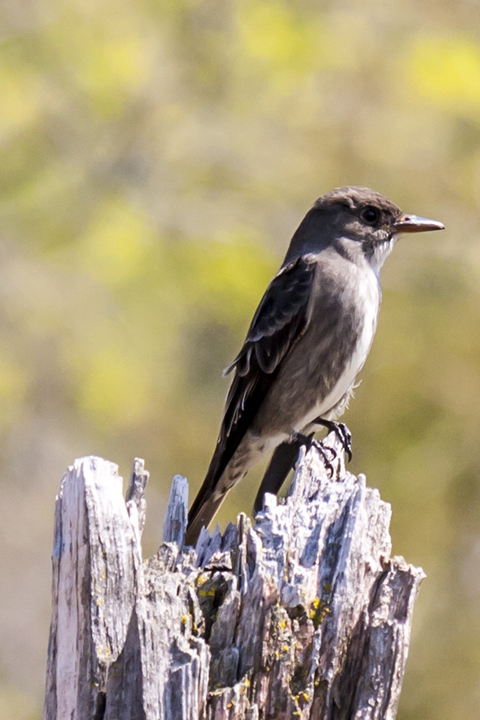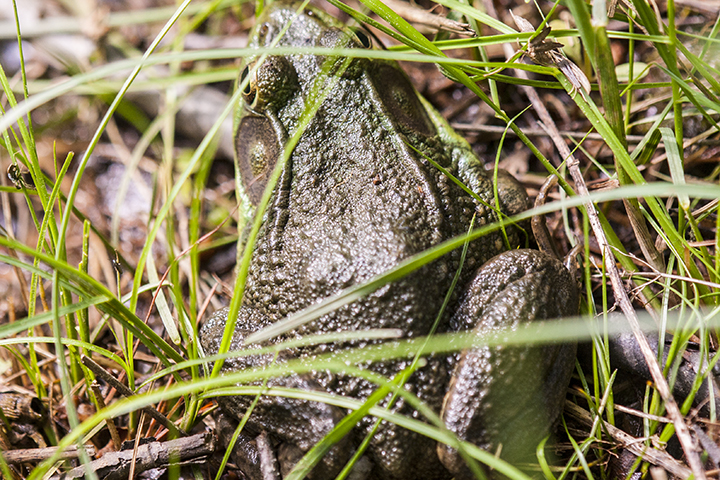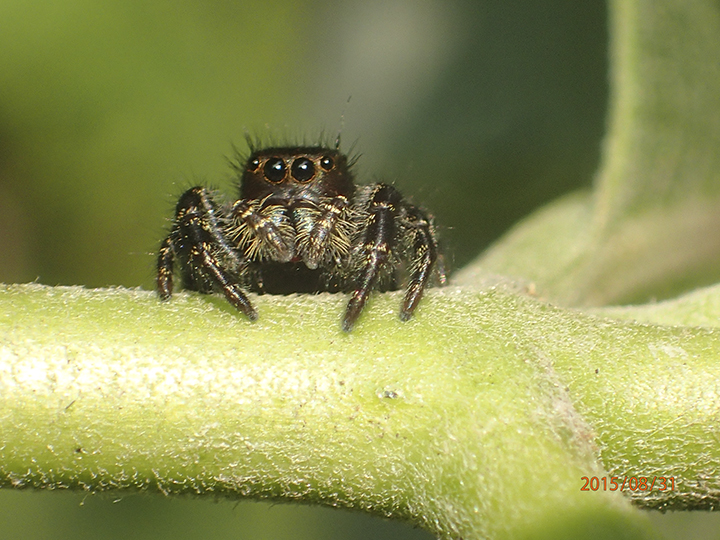There are over 750 species of gall wasps (Family Cynipidae) in North America. They are all tiny and look pretty much alike. Fortunately, most can be identified by the appearance, location, and host species of the abnormal growths (galls) their larvae produce.
Oak flake gall wasp (Neuroterus floccosus) galls are found on the underside of leaves of bur oak and swamp white oak. They occur singly though there are usually several galls on any one leaf. They are hemispherical, thickly hairy, and ⅛″ to 3 ⁄16″ in diameter including the hairs. The hairs are white at first but soon turn brown. Each gall contains a single chamber and a single wasp larva. It is revealed on the upper leaf surface as a smooth blister-like bump.
http://minnesotaseasons.com/Insects/oak_flake_gall_wasp.html

